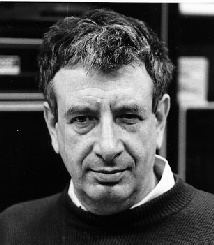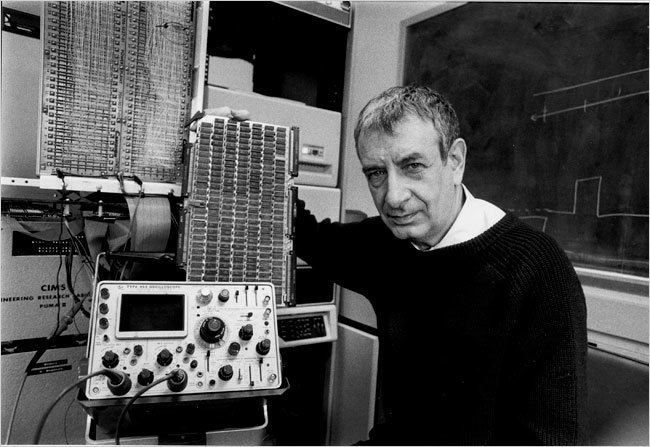Nationality American Role Mathematician | Name Jacob Schwartz | |
 | ||
Born January 9, 1930The Bronx, New York ( 1930-01-09 ) Institutions Yale UniversityNew York University Doctoral students Jerry HobbsKen KennedyRobert KuppermanStanley OsherGian-Carlo RotaShmuel Winograd Known for Dunford-Schwartz theorem Books Programming with Sets: An Introd, Relativity in Illustrations, Introduction to Matrices and Vect, Lectures on the Mathemat, Linear Operators Set Similar People | ||
Jacob T Schwartz
Jacob Theodore "Jack" Schwartz (January 9, 1930 – March 2, 2009) was an American mathematician, computer scientist, and professor of computer science at the New York University Courant Institute of Mathematical Sciences. He was the designer of the SETL programming language and started the NYU Ultracomputer project. He founded the New York University Department of Computer Science, chairing it from 1964 to 1980.
Contents

Early life
Schwartz was born in The Bronx, New York on January 9, 1930 to Ignatz and Hedwig Schwartz. He attended Stuyvesant High School and went on to City College of New York.
Education
He received his B.S. (1949) from the City College of New York and his M.A. (1949) and Ph.D. (1951) from Yale University.
Career
His research interests included the theory of linear operators, von Neumann algebras, quantum field theory, time-sharing, parallel computing, programming language design and implementation, robotics, set-theoretic approaches in computational logic, proof and program verification systems; multimedia authoring tools; experimental studies of visual perception; multimedia and other high-level software techniques for analysis and visualization of bioinformatic data.
He authored 18 books and more than 100 papers and technical reports.
He was also the inventor of the Artspeak programming language that historically ran on mainframes and produced graphical output using a single-color graphical plotter.
He served as Chairman of the Computer Science Department (which he founded) at the Courant Institute of Mathematical Sciences, New York University, from 1969 to 1977. He also served as Chairman of the Computer Science Board of the National Research Council and was the former Chairman of the National Science Foundation Advisory Committee for Information, Robotics and Intelligent Systems. From 1986 to 1989, he was the Director of DARPA's Information Science and Technology Office (DARPA/ISTO) in Arlington, Virginia.
Personal life
Jacob T Schwartz has two daughters; Abby Schwartz, living in New York City, and Rachel Fainman (Stage name Rachel Kane), living in Winnipeg, Canada. Jack also has two grandchildren: Adrienne Fainman and Adam Fainman.
